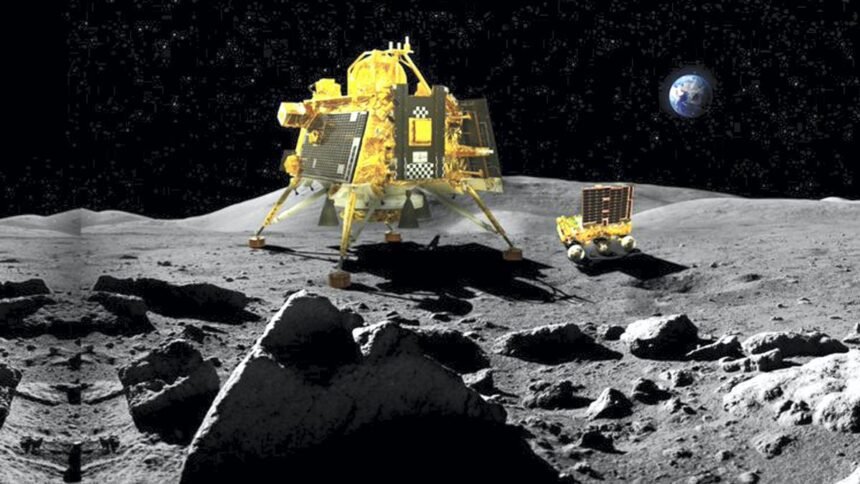Since the launch of the Chandrayaan-3 mission on July 14, the ground stations of the National Aeronautics and Space Administration (NASA) and the European Space Agency (ESA) have been supporting Indian Space Research Organisation (ISRO) to monitor the spacecraft’s health.
“These two stations have been communicating with the Chandrayaan-3 mission on a regular basis, providing a complete communication channel between the Mission Operations Team in Bengaluru and the Chandrayaan-3 satellite,” Mr. Chellathurai added.
The ESA’s 35-metre deep space antenna in New Norcia, Australia, a third ground station in the ESTRACK network, has been set-up to track and communicate with the Lander Module during the Lunar Descent phase.
The New Norcia antenna will serve as a back-up for ISRO’s own ground station during the descent. It will receive information about the Lander Module’s health, location and trajectory in parallel with the ISRO station.
“It will be this telemetry that is used to confirm the success of the landing. This type of back-up support is common during the key moments of a space mission, such as a landing. After a successful landing, data collected by the mission’s Rover will be routed via the Lander Module to the ground stations. These valuable scientific data will be received by the antennas in Kourou and Goonhilly and forwarded to the Mission Operations Centre in Bengaluru,” Mr. Chellathurai said.
As far as NASA is concerned, its Deep Space Network is providing telemetry and tracking coverage during the powered descent phase from Deep Space Station (DSS)-36 and DSS-34 at Canberra Deep Space Communications Complex followed by DSS-65 at Madrid Deep Space Communications Complex.
“We receive the telemetry from the spacecraft that has the data on the health and status as well as instrument measurements and pass them on to ISRO in practically real-time. We also monitor the radio signal itself for the Doppler effect, which is the primary tool for navigating the spacecraft. This is the critical information during the landing phase and tells us in real-time how it is doing,” Sami Asmar, Jet Propulsion Laboratory’s Interplanetary Network Directorate Customer Interface Manager, said.
He added that primary support for the mission comes from the DSN complex in California because that is exactly on the other side of the Earth from India and can be in view of the Moon when the station in India cannot see the Moon.
For more such content, keep reading @techinnews



